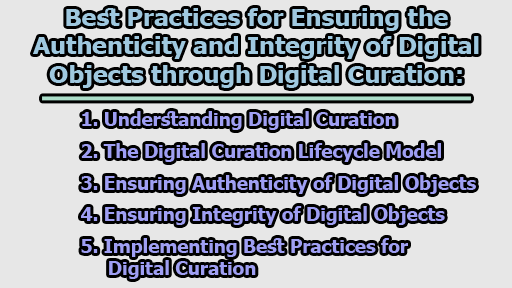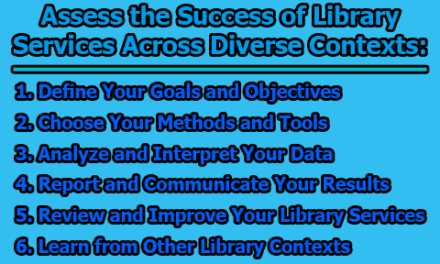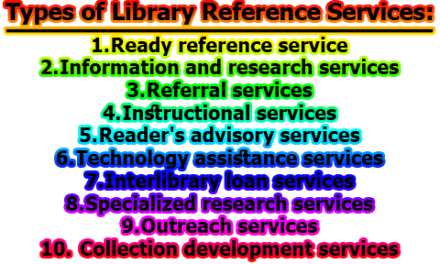Best Practices for Ensuring the Authenticity and Integrity of Digital Objects through Digital Curation:
In our increasingly digital world, preserving the authenticity and integrity of digital objects has become paramount. Whether it’s vital research data, cultural artifacts, or personal records, the need to safeguard these digital assets has given rise to the field of digital curation. This article explores the best practices for ensuring the authenticity and integrity of digital objects through digital curation, delving into the concept of digital curation itself and the digital curation lifecycle model.

1. Understanding Digital Curation: Digital curation is the process of selecting, acquiring, organizing, describing, preserving, and providing access to digital objects. It encompasses the application of standards, policies, and procedures that are designed to ensure the quality, usability, and longevity of these digital assets. This process also involves constant monitoring, evaluation, and adaptation of digital objects to maintain their relevance and reliability over time.
2. The Digital Curation Lifecycle Model: The Digital Curation Centre (DCC), a UK-based organization supporting research data management, developed the digital curation lifecycle model. This model provides a structured framework to guide the stages and activities involved in digital curation. The model consists of six main stages, each with a set of actions and responsibilities that can be customized to fit the context and needs of the library and its users.
- Conceptualize: In this initial stage, digital objects are conceptualized and defined, with clear goals and objectives for their curation established.
- Create or Receive: This stage involves the creation or acquisition of digital objects. It is crucial to ensure that proper procedures are in place to document the origin and context of these objects.
- Appraise and Select: Libraries must evaluate the significance and relevance of digital objects. Selection criteria should be established to determine what should be preserved and what can be discarded.
- Ingest: Digital objects are ingested into a repository, where they are prepared for long-term preservation. This includes documentation and metadata creation.
- Preservation Action: Active preservation measures are undertaken, including regular backups, migrations, or conversions, to safeguard the integrity and accessibility of digital objects.
- Store, Access, Use and Reuse, Transform, and Dispose: These final stages encompass the ongoing management of digital objects. Libraries must ensure that these objects remain accessible, useful, and relevant to their users.
3. Ensuring Authenticity of Digital Objects: Authenticity is a key concern in digital curation. To ensure that digital objects are genuine, original, and trustworthy, libraries should focus on two main areas:
- Provenance: Provenance information, including metadata detailing the creator, date, format, and source of the digital object, must be established and documented. Contextual information, such as the object’s purpose and relation to other digital objects, is also crucial.
- Security Measures: Implementing robust security measures, such as encryption, digital signatures, and checksums, is essential to protect digital objects from unauthorized access, modification, or deletion.
4. Ensuring Integrity of Digital Objects: Integrity is another vital aspect of digital curation, ensuring that digital objects remain complete, accurate, and consistent over time. To maintain integrity, libraries must:
- Monitor and Verify: Continuously monitor and verify the condition, functionality, and accessibility of digital objects. This includes checking for errors, viruses, degradation, and implementing regular backups and migrations.
- Follow Best Practices: Adhere to standards and best practices for file naming, formatting, and storage. Document any changes or transformations made to digital objects to preserve their integrity.
5. Implementing Best Practices for Digital Curation: Implementing the best practices for digital curation involves careful planning, collaboration, and evaluation. Here are some essential steps:
- Develop a Digital Curation Policy: Define clear goals, roles, responsibilities, criteria, methods, and tools for selecting, acquiring, organizing, describing, preserving, and providing access to digital objects.
- Collaborate with Stakeholders: Engage with creators, users, funders, and partners to ensure alignment and interoperability of digital curation activities and outputs.
- Continuous Evaluation: Regularly assess and improve digital curation processes and outcomes using indicators, feedback, and lessons learned to adapt to changing needs and technologies.
In conclusion, in an age where digital information and assets are prolific, ensuring the authenticity and integrity of digital objects is essential. The practice of digital curation, guided by the digital curation lifecycle model, offers a structured approach to managing and preserving digital assets. By following best practices, libraries and institutions can ensure that these objects remain trustworthy, complete, accurate, and accessible for generations to come.

Library Lecturer at Nurul Amin Degree College









